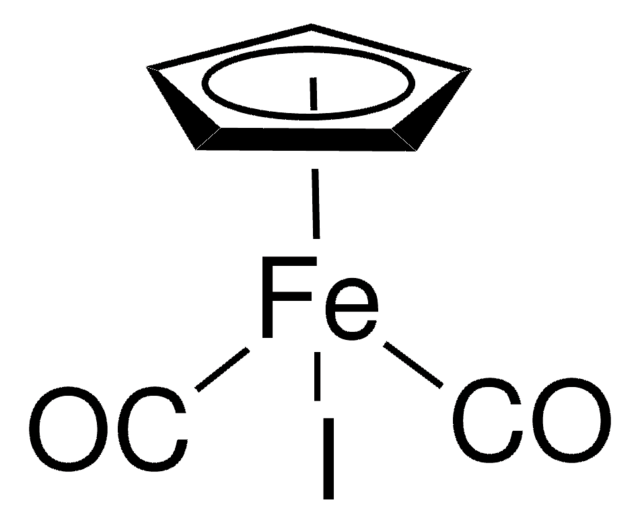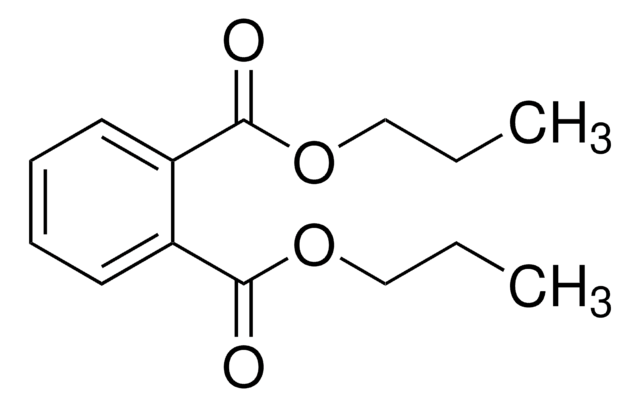290602
Dipropyl phthalate
98%
Sinônimo(s):
Di-n-Propyl phthalate, Dipropyl benzene-1,2-dicarboxylate
About This Item
Produtos recomendados
Ensaio
98%
índice de refração
n20/D 1.497 (lit.)
pb
317.5 °C (lit.)
densidade
1.078 g/mL at 25 °C (lit.)
cadeia de caracteres SMILES
CCCOC(=O)c1ccccc1C(=O)OCCC
InChI
1S/C14H18O4/c1-3-9-17-13(15)11-7-5-6-8-12(11)14(16)18-10-4-2/h5-8H,3-4,9-10H2,1-2H3
chave InChI
MQHNKCZKNAJROC-UHFFFAOYSA-N
Procurando produtos similares? Visita Guia de comparação de produtos
Descrição geral
Palavra indicadora
Warning
Frases de perigo
Declarações de precaução
Classificações de perigo
Repr. 2
Código de classe de armazenamento
10 - Combustible liquids
Classe de risco de água (WGK)
WGK 3
Ponto de fulgor (°F)
228.2 °F - closed cup
Ponto de fulgor (°C)
109 °C - closed cup
Equipamento de proteção individual
Eyeshields, Gloves, multi-purpose combination respirator cartridge (US)
Escolha uma das versões mais recentes:
Já possui este produto?
Encontre a documentação dos produtos que você adquiriu recentemente na biblioteca de documentos.
Os clientes também visualizaram
Nossa equipe de cientistas tem experiência em todas as áreas de pesquisa, incluindo Life Sciences, ciência de materiais, síntese química, cromatografia, química analítica e muitas outras.
Entre em contato com a assistência técnica












